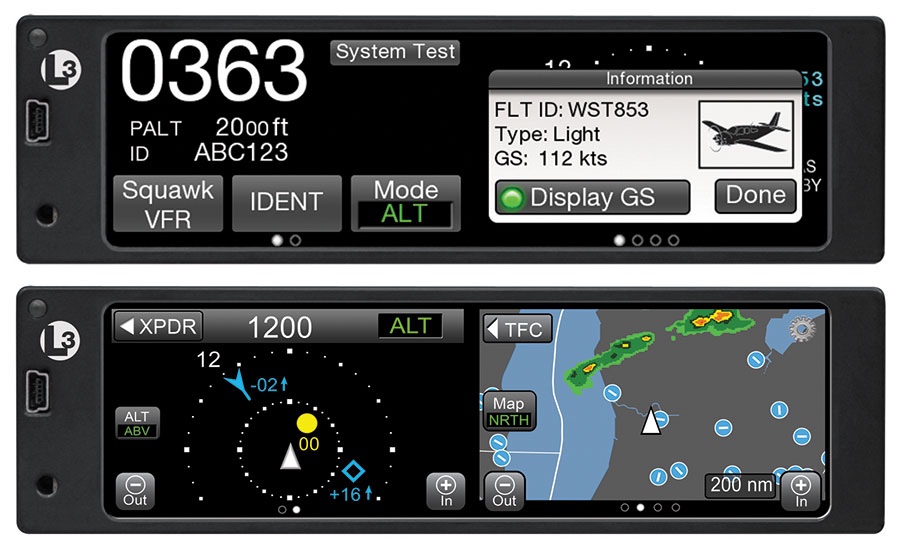Welcome to the Fly Around Alaska Flight School blog! Today, we will delve into the fascinating world of aircraft transponders and uncover the secrets behind their operation. So fasten your seatbelts and take off on this educational journey!
The Basics of Aircraft Transponders
Before diving into aircraft transponders’ inner workings, let’s start with a brief introduction. An aircraft transponder, short for “transmitter-responder,” is an essential electronic device found on aircraft.
Its primary function is to transmit a unique four-digit code, known as a “squawk code,” that enables Air Traffic Control (ATC) to identify the aircraft [1]. This identification process is crucial in maintaining safe and efficient air traffic separation.
How Does an Aircraft Transponder Function?
Now, let’s explore the inner workings of an aircraft transponder and understand how it operates:
- Transponder Codes: Aircraft transponders utilize four-digit numbers called transponder codes. These codes are transmitted in response to ATC’s secondary surveillance radar (SSR) interrogation signals. The codes assist air traffic controllers in effectively managing traffic separation [2].
- Interrogation and Response: When a radar system sends out an interrogation signal, the aircraft’s transponder receives it and generates a response. This response includes the transponder code, allowing ATC to identify the specific aircraft. The information from the aircraft’s sensors is also incorporated into the response [5].
- Transponder Certification: The output power, frequency, and side lobe suppression logic of an aircraft’s transponder are among the factors tested during the biennial transponder certification check mandated by FAR 91.172 [3]. This certification ensures that the transponder is functioning correctly and transmitting accurate information.
Enhancing Air Safety and Efficiency
Now that we have a better understanding of how aircraft transponders work let’s explore why they are essential for air safety and efficiency:
- Traffic Separation: By transmitting unique transponder codes, ATC can quickly identify aircraft. This enables controllers to monitor and manage air traffic, ensuring safe distances between aircraft and preventing potential collisions.
- Radar Assistance: Aircraft transponders provide radar systems with valuable data about the aircraft’s position, altitude, and other flight parameters. This information helps radar systems accurately track and display the aircraft’s position to controllers, enhancing situational awareness.
- Flight Training: At Fly Around Alaska Flight School, we understand the significance of aircraft transponders in pilot training. They are an integral part of modern aviation and are included in various training programs, including private pilot training, instrument rating, and commercial rating. Our students gain essential skills for their aviation careers by learning how to operate transponders effectively.

At Fly Around Alaska Flight School, we pride ourselves on being one of Alaska’s largest flight training organizations. We offer a range of comprehensive training programs and strive to provide the best possible flight training available in the state. Our experienced instructors are committed to making you one of the safest pilots on the planet.
Whether you’re interested in private pilot training, off-airport training, or accelerated private, instrument, and commercial ratings, we’ve got you covered. Fill out the form below today to learn how to embark on a memorable aviation journey with Fly Around Alaska Flight School!
Sources:
We hope you enjoyed this educational blog post. Stay tuned for more exciting aviation topics from Fly Around Alaska Flight School!
